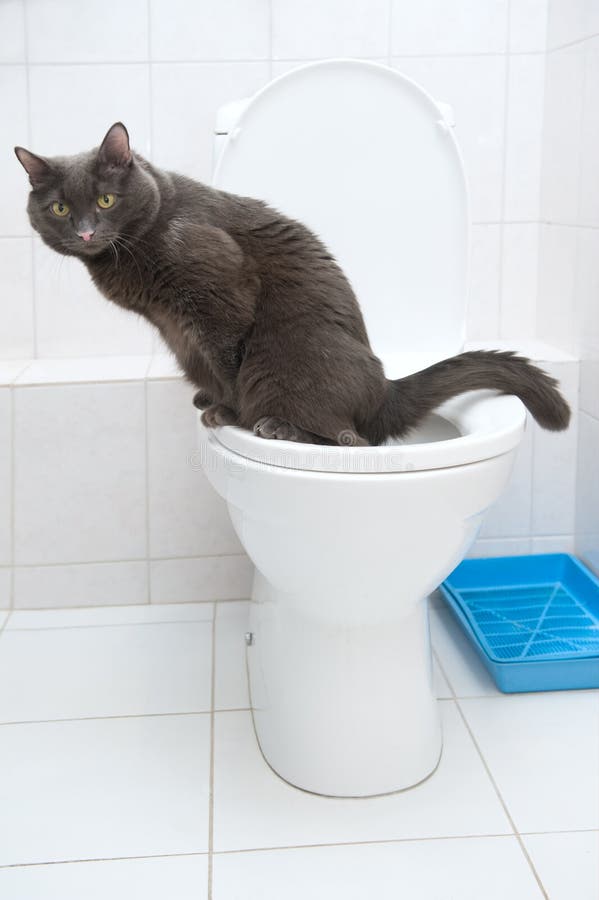Are you looking for facts about Can You Flush Cat Poop Down The Toilet??

Introduction
As feline proprietors, it's necessary to be mindful of exactly how we take care of our feline buddies' waste. While it might seem hassle-free to flush pet cat poop down the bathroom, this method can have harmful consequences for both the atmosphere and human wellness.
Ecological Impact
Flushing cat poop presents harmful microorganisms and bloodsuckers into the water system, posing a considerable threat to aquatic environments. These contaminants can negatively influence marine life and compromise water top quality.
Health Risks
Along with ecological concerns, flushing feline waste can additionally pose health dangers to human beings. Pet cat feces may consist of Toxoplasma gondii, a parasite that can trigger toxoplasmosis-- a possibly extreme illness, particularly for expecting ladies and individuals with weakened immune systems.
Alternatives to Flushing
Thankfully, there are safer and a lot more accountable means to throw away cat poop. Think about the complying with options:
1. Scoop and Dispose in Trash
One of the most typical method of throwing away pet cat poop is to scoop it right into a naturally degradable bag and throw it in the garbage. Be sure to make use of a specialized litter scoop and get rid of the waste immediately.
2. Use Biodegradable Litter
Opt for eco-friendly pet cat trash made from products such as corn or wheat. These litters are environmentally friendly and can be securely thrown away in the trash.
3. Bury in the Yard
If you have a lawn, consider burying cat waste in a marked area away from vegetable gardens and water sources. Be sure to dig deep enough to prevent contamination of groundwater.
4. Mount a Pet Waste Disposal System
Buy a family pet waste disposal system particularly made for pet cat waste. These systems utilize enzymes to break down the waste, decreasing odor and environmental influence.
Final thought
Accountable pet possession expands beyond providing food and shelter-- it also entails appropriate waste management. By avoiding purging cat poop down the commode and selecting alternate disposal methods, we can decrease our ecological footprint and protect human wellness.
Why Can’t I Flush Cat Poop?
It Spreads a Parasite
Cats are frequently infected with a parasite called toxoplasma gondii. The parasite causes an infection called toxoplasmosis. It is usually harmless to cats. The parasite only uses cat poop as a host for its eggs. Otherwise, the cat’s immune system usually keeps the infection at low enough levels to maintain its own health. But it does not stop the develop of eggs. These eggs are tiny and surprisingly tough. They may survive for a year before they begin to grow. But that’s the problem.
Our wastewater system is not designed to deal with toxoplasmosis eggs. Instead, most eggs will flush from your toilet into sewers and wastewater management plants. After the sewage is treated for many other harmful things in it, it is typically released into local rivers, lakes, or oceans. Here, the toxoplasmosis eggs can find new hosts, including starfish, crabs, otters, and many other wildlife. For many, this is a significant risk to their health. Toxoplasmosis can also end up infecting water sources that are important for agriculture, which means our deer, pigs, and sheep can get infected too.
Is There Risk to Humans?
There can be a risk to human life from flushing cat poop down the toilet. If you do so, the parasites from your cat’s poop can end up in shellfish, game animals, or livestock. If this meat is then served raw or undercooked, the people who eat it can get sick.
In fact, according to the CDC, 40 million people in the United States are infected with toxoplasma gondii. They get it from exposure to infected seafood, or from some kind of cat poop contamination, like drinking from a stream that is contaminated or touching anything that has come into contact with cat poop. That includes just cleaning a cat litter box.
Most people who get infected with these parasites will not develop any symptoms. However, for pregnant women or for those with compromised immune systems, the parasite can cause severe health problems.
How to Handle Cat Poop
The best way to handle cat poop is actually to clean the box more often. The eggs that the parasite sheds will not become active until one to five days after the cat poops. That means that if you clean daily, you’re much less likely to come into direct contact with infectious eggs.
That said, always dispose of cat poop in the garbage and not down the toilet. Wash your hands before and after you clean the litter box, and bring the bag of poop right outside to your garbage bins.
https://trenchlesssolutionsusa.com/why-cant-i-flush-cat-poop/

As an enthusiastic person who reads about Don’t flush cat feces down the toilet, I figured sharing that piece of content was smart. Do you know another individual who is fascinated by the subject? Feel free to promote it. We thank you for reading our article about Don’t flush cat feces down the toilet.
Instant Quote